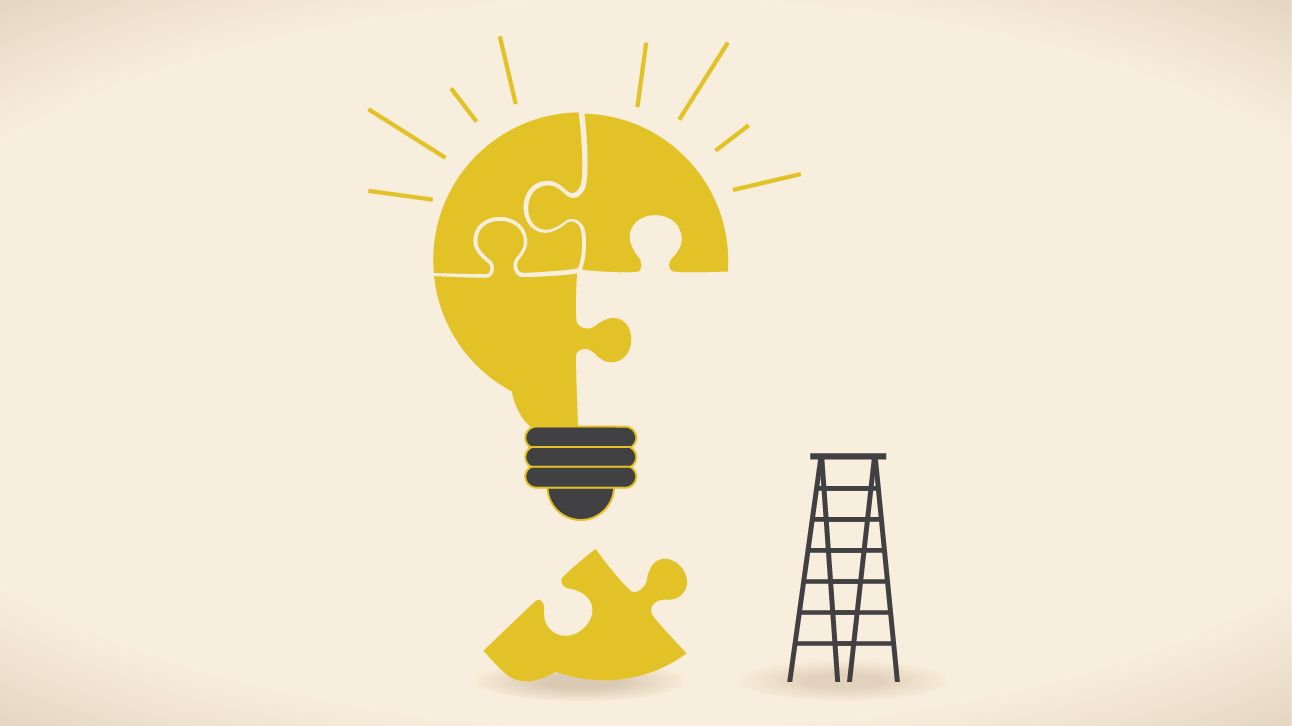
As we slowly begin to reopen schools in full or part-time hybrid schedules mitigating the learning losses that occurred during the pandemic is of top priority. This is a tricky task because for many students there are virtually no gaps in their learning, while others are faced with a massive chasm that may prove to be overwhelming. Mitigating learning loss is as much of an equity issue as it is an academic one. The student populations who have historically been faced with wider achievement gaps have had their learning impacted in greater proportions by the pandemic. In a recent conversation with a principal she shared that even with their efforts to equip each family with a hotspot and each student with a device, in some classes teachers reported only 15% students attendance throughout the pandemic.
Learning Loss is real and it is proving to only widen existing achievement gaps. This will be impossible to ignore. So what is the best plan forward? How can we bridge these gaps to help students catch up?
Going faster, or an acceleration model, is not the answer. This will only overwhelm students. However, getting clear on what students most need to “make up”, or learn, will help. For students without a foundation for learning most of these efforts to speed up will fall short.
The answer is found in what promotes learning in the first place. Interestingly, the path forward is not always an obvious one. Brown, Roediger, and McDaniel, in Make It Stick - The Science of Successful Learning, say it best"...learning is an acquired skill, and the most effective strategies are often counterintitiive."
I like to ask this question in a different way when I work with teachers, “What has the greatest impact on student learning and success from within the classroom or learning environment?” Teachers' responses are never to purchase better curriculum, assessments, or computers. All of which can be leveraged for learning and to measure growth, of course, but they don’t, in and of themselves, make for learning.
When you ask practitioners they almost always respond in two categories - academic skills and habits and relationships.
Student/teacher relationships have a profound impact on creating safe learning environments. In these spaces students are more likely to take the risks inherent to learning. Students need to know they are cared for and when they do, they tend to lean in to their learning. My thesis for my masters degree focused on the impact student/teacher relationships have on learning. The evidence is overwhelming, without relationships, this human endeavor called education, rings hollow. I love how child psychologist, Urie Bronfenbrenner said it, "Every child needs at least one adult who is irrationally crazy about him or her."
Gaining exposure to the skills and habits of successful learners (aka they begin to learn how they learn) is the bedrock for learning. Therefore, if schools are going to mitigate learning loss resulting from the pandemic, they must get laser focused on how they will instill the executive functions needed for academic success. To miss this step is to bypass the foundation that would have narrowed existing achievement gaps in the first place.
Recently, in a conversation with a district who is focused on mitigating learning loss, the principal shared that the schools in the district want to equip students and teachers with Organized Binder. The Superintendent wants to purchase Microsoft’s Education Suite. For students who are already struggling to keep up, those faced with widening learning gaps, more screentime and additional online programs or apps are not going to solve the problem.
If your school is considering how to approach learning loss I encourage you to identify what makes learning happen in the first place. We must lay the foundation for learning if we are serious about narrowing learning gaps as well as helping students catch up with the curriculum.
I would love to talk to you about mitigating learning loss. I am curious about your school or district’s approach to solving this immediate problem. Please reach out. I'd love to find a time to talk with you.
Be well,
Mitch